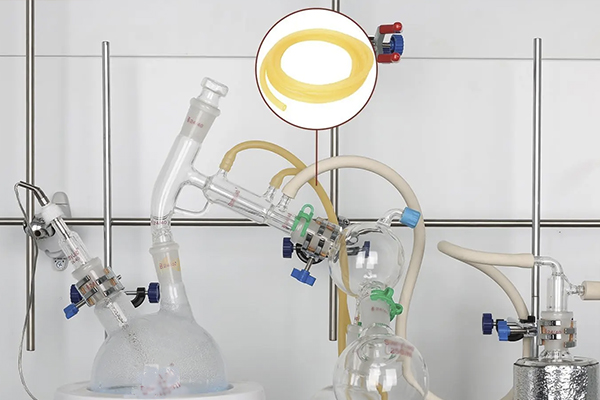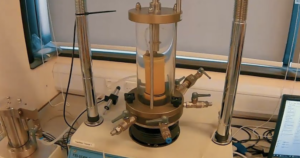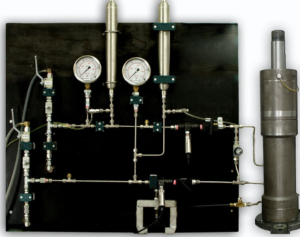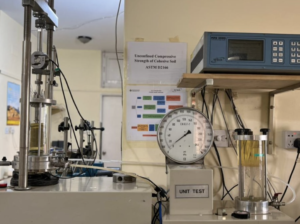Latex membranes are gaining popularity in biomedical research labs as accurate simulators for vascular tissues. Their transparency, flexibility, and strength allow researchers to clearly visualize and study biological responses under various conditions, significantly enhancing experimental accuracy.
Triaxial Latex Membranes for Simulation of Biological Barriers in Biomedical Research Labs
Triaxial latex membranes1 replicate the elastic and mechanical properties of biological barriers, particularly blood vessels. These membranes effectively simulate vascular behavior, such as pressure-induced deformation, wall stress distribution, and flow dynamics. This accuracy is essential for studies involving drug permeability2, tissue regeneration3, and surgical training models.

Key Benefits of Using Latex Membranes in Vascular Models
Latex membranes offer several benefits in vascular modeling:
- Transparent Observation: Enables clear visualization of fluid dynamics and internal interactions.
- Realistic Mechanical Properties: Mimics natural elasticity and compliance of biological tissues.
- Cost-Effectiveness: Reduces costs compared to animal models or synthetic alternatives.
- Durability and Reusability: Capable of withstanding multiple tests without significant degradation, ensuring consistent results.
Table: Comparative Advantages of Latex Membranes
| Property | Latex Membrane | Synthetic Alternatives |
|---|---|---|
| Elasticity | Excellent | Moderate to Good |
| Transparency | Excellent (new type) | Poor |
| Cost | Low | High |
| Biocompatibility | High | Varies |
| Ease of Handling | Easy | Moderate |
Applications of Latex Membranes in Hemodynamic and Surgical Research
Latex membranes are widely used in:
- Hemodynamics Research: Modeling blood flow, vessel dilation, and pressure-induced deformation.
- Surgical Simulation: Training surgeons on realistic blood vessels for procedures such as aneurysm clipping and stent placement.
- Device Testing: Assessing performance of vascular implants under realistic physiological conditions.
Recent studies indicated that using transparent latex membranes reduced observational errors by up to 30%, significantly improving experimental reliability4.
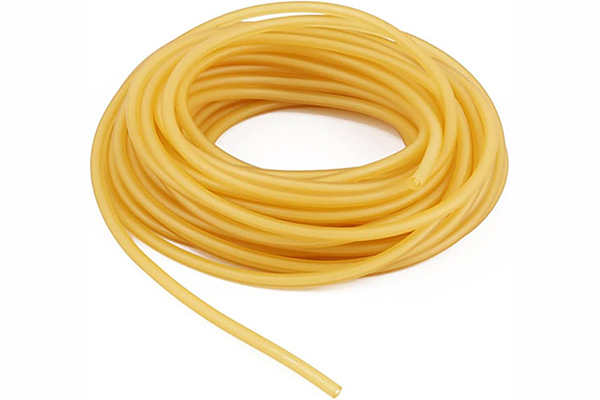
How to Choose the Right Latex Membrane for Vascular Simulation?
When selecting latex membranes, consider these critical aspects:
- Thickness: Thinner membranes ( 0.2 mm) offer higher clarity and more realistic tissue flexibility; thicker ( 0.5 mm) membranes may better simulate arteries under higher pressure conditions.
- Durability5: Opt for membranes with strong elongation properties (>600% elongation) to resist tearing during prolonged experiments.
- Transparency Level: For accurate observation, newly developed clear membranes are preferred, especially in hemodynamic studies.
- Chemical Compatibility6: Ensure the membrane is resistant to biological fluids and laboratory reagents commonly used in your specific application.
Table: Recommended Membrane Thickness for Different Vascular Simulations
| Simulation Type | Recommended Thickness (mm) |
|---|---|
| Capillary and Small Vessels | 0.1 – 0.3 mm |
| Medium Arteries and Veins | 0.4 – 0.6 mm |
| Large Vessels & Surgical Training | 0.7 – 1.0 mm |
Applications of Latex Membranes in Hemodynamic and Surgical Research
Transparent latex membranes provide unique advantages, including:
- Improved visualization in blood-flow research7, enabling clearer identification of turbulence and flow anomalies.
- Realistic vessel behavior during surgical simulations8, enhancing training effectiveness and patient safety.
- Advanced modeling of aneurysm growth and rupture patterns under dynamic pulsatile conditions, contributing to improved surgical outcomes.
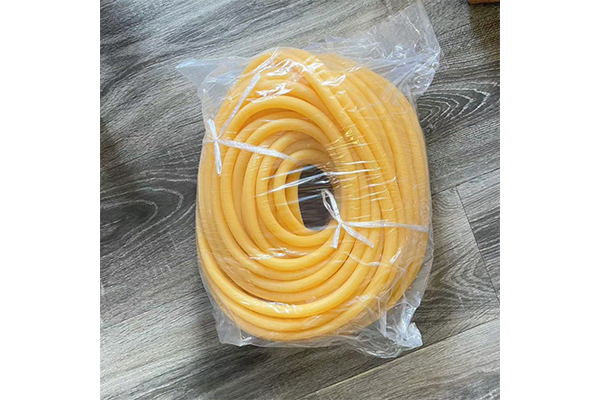
How to Choose the Right Latex Membrane for Vascular Simulation?
When selecting a latex membrane, consider:
- Experimental Conditions: Match membrane properties to expected stress and strain conditions.
- Visibility Needs: Choose transparent membranes for visual clarity in critical observational studies.
- Durability and Longevity: Invest in robust, chemical-resistant membranes for repeated use and long-term studies.
Careful selection ensures reliable, accurate vascular models and supports high-quality biomedical research.
Conclusion
Transparent latex membranes offer enhanced visualization, realistic mechanical behavior, and cost-effectiveness, making them invaluable for vascular simulation in biomedical labs. Accurate selection of membrane properties greatly improves experimental precision, contributing significantly to advancements in medical and surgical research.
-
Explore this link to understand how Triaxial latex membranes are revolutionizing biomedical research and their specific applications. ↩
-
This resource will provide insights into the critical role of drug permeability in vascular studies and its implications for medical advancements. ↩
-
Discover the importance of tissue regeneration in biomedical engineering and how it impacts health and recovery processes. ↩
-
Learn about the key factors that enhance experimental reliability in hemodynamics, crucial for advancing medical research. ↩
-
Exploring durability factors can guide you in selecting membranes that withstand rigorous testing, enhancing your experimental outcomes. ↩
-
Learning about chemical compatibility ensures that your chosen membranes will perform reliably in your specific experimental conditions, preventing failures. ↩
-
Discover the impact of advanced materials on blood-flow research and their role in identifying flow anomalies. ↩
-
Learn how these membranes improve training effectiveness and patient safety in surgical simulations. ↩

